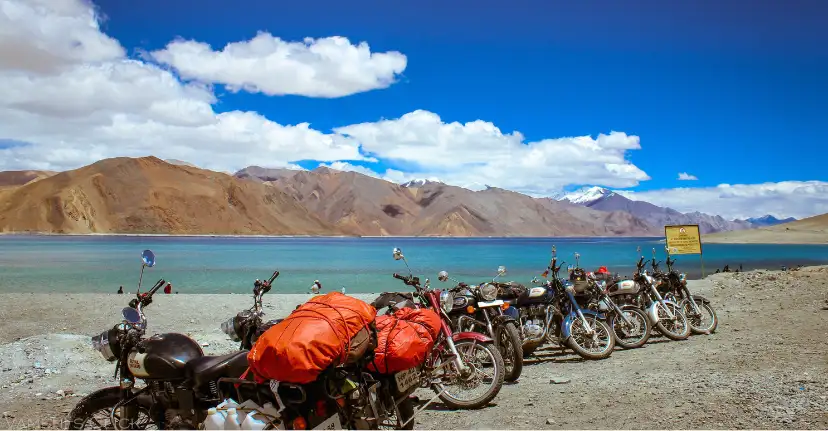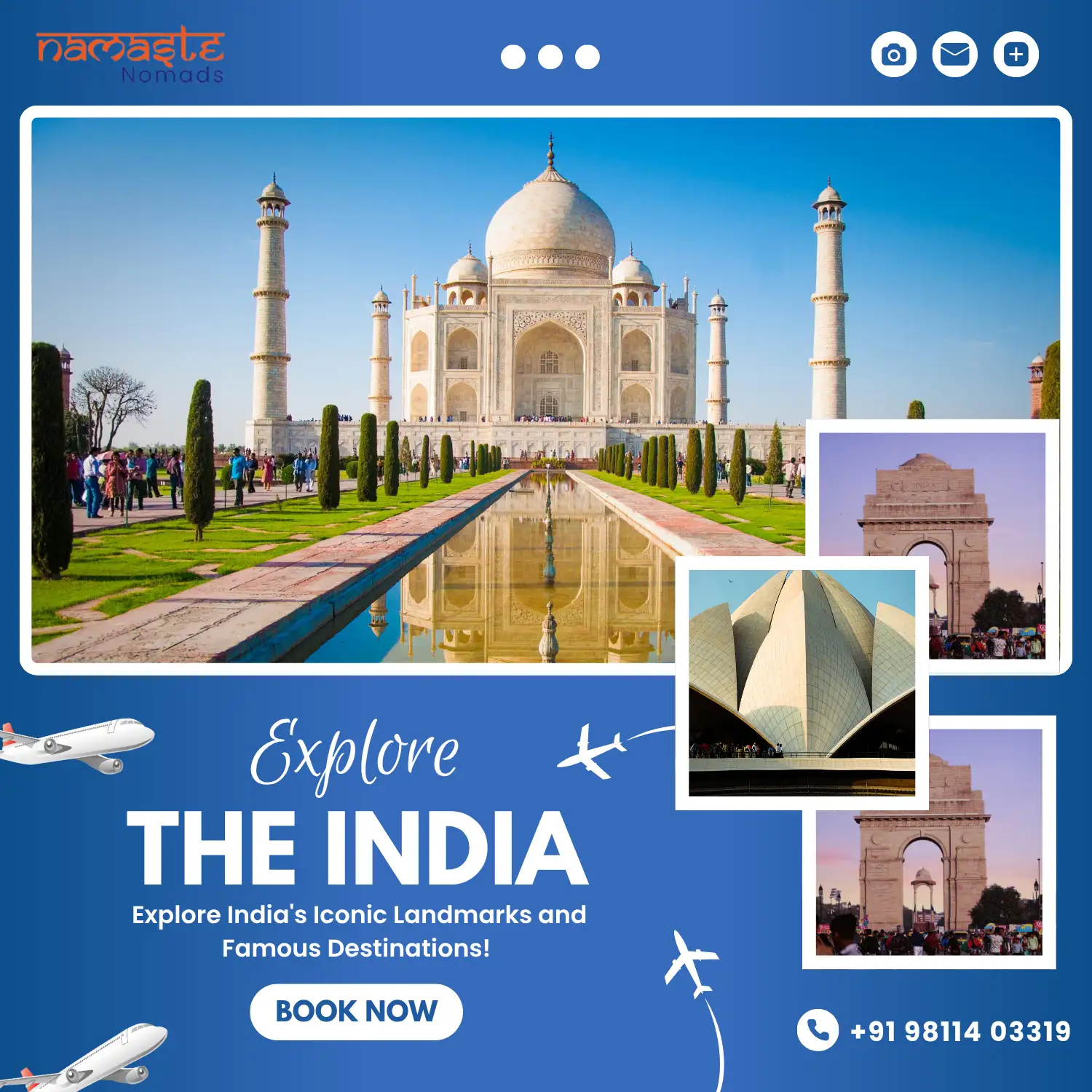Ladakh, India
Ladakh – The Land of High Passes
Ladakh, often called The Land of High Passes, is one of the most breathtaking travel destinations in India. Located in the northernmost part of the country, it became a Union Territory on 31 October 2019 after the reorganization of Jammu & Kashmir. Spread across 59,146 km², Ladakh is the largest Union Territory by area and is famous for its dramatic landscapes, rugged mountains, crystal-clear lakes, and rich Buddhist heritage. Lying between the Karakoram Range in the north and the Himalayas in the south, Ladakh is a cold desert with extremely harsh winters (temperatures dipping below –20°C) and pleasant summers. The region is dotted with high mountain passes such as Khardung La and Chang La, blue lakes like Pangong Tso and Tso Moriri, and picturesque valleys including Nubra and Zanskar, making it a paradise for adventurers and nature lovers.
Culturally, Ladakh is a blend of Indo-Aryan and Tibetan influences. While Buddhism dominates in Leh and surrounding areas, Islam is prevalent in Kargil. Local festivals such as Hemis Festival, Losar (Ladakhi New Year), Dosmoche, and Sindhu Darshan are celebrated with vibrant dances, rituals, and monastery gatherings. The people of Ladakh live in harmony with nature, with agriculture and tourism being their primary livelihoods. Visitors can explore magnificent sites such as Leh Palace, Shanti Stupa, Pangong Tso Lake, Nubra Valley with its sand dunes and Bactrian camels, Magnetic Hill, Khardung La Pass, Zanskar Valley known for the Chadar Trek, and ancient monasteries like Alchi and Hemis.
For travelers, Ladakh offers endless opportunities — from road trips across some of the highest motorable passes, camping beside serene lakes, trekking in Sham or Markha Valley, rafting on the Zanskar and Indus rivers, and motorbiking along the legendary Leh–Manali and Leh–Srinagar highways, to camel safaris in Nubra Valley. The local cuisine is a delight with Tibetan and Kashmiri influences — popular dishes include momos, thukpa, skyu (a traditional Ladakhi pasta), butter tea, and apricot-based desserts.
Ladakh is accessible by air through Kushok Bakula Rimpochee Airport in Leh, with regular flights from Delhi, Chandigarh, and Srinagar. By road, the Leh–Manali Highway and Leh–Srinagar Highway are open between May and October, while the nearest major railway station is Jammu Tawi, about 700 km away. Travelers are advised to carry warm clothes, even in summer, and allow a day or two for acclimatization to avoid altitude sickness. Hydration is crucial, connectivity is limited (BSNL and Jio work best), and ATMs are few, so carrying sufficient cash is recommended.
Visiting Ladakh is more than a journey; it is an experience that stays with you forever. With its unparalleled landscapes, spiritual depth, cultural richness, and thrilling adventures, Ladakh appeals to every traveler — whether a corporate group, an adventurer, a solo wanderer, or someone seeking luxury in the lap of nature.
Experience the Difference
-
Pangong Lake
-
Nubra Valley
-
Khardung La Pass
-
Thiksey & Hemis Monasteries
-
Stargazing in Hanle
-
River Rafting in Zanskar


